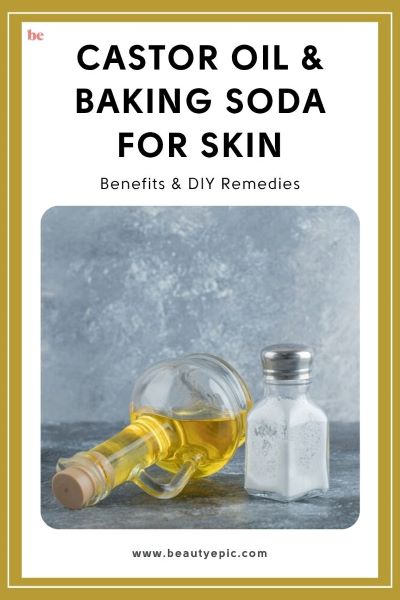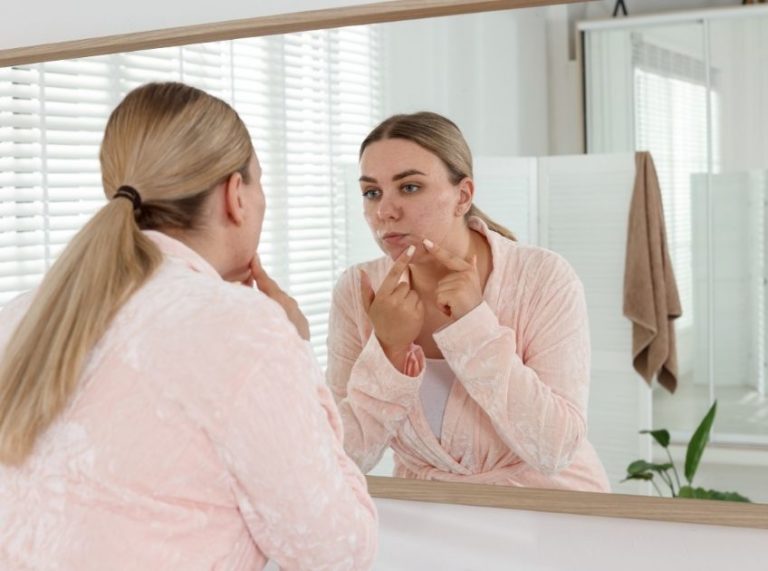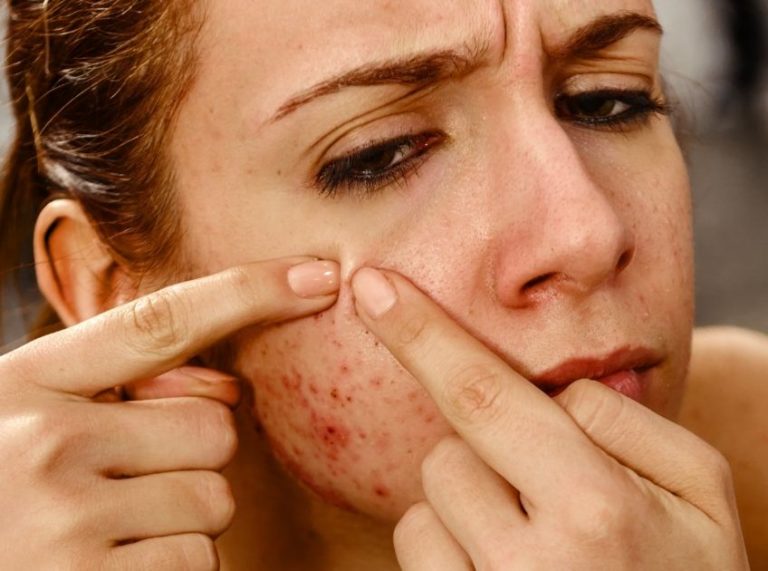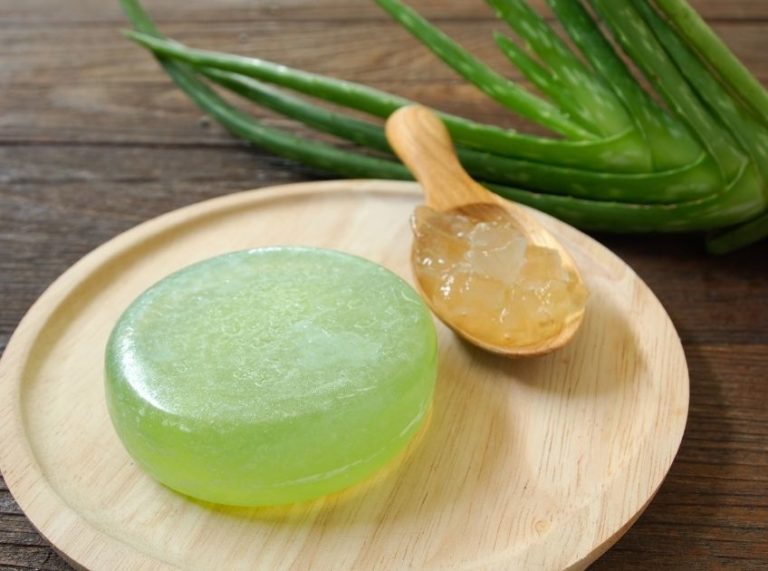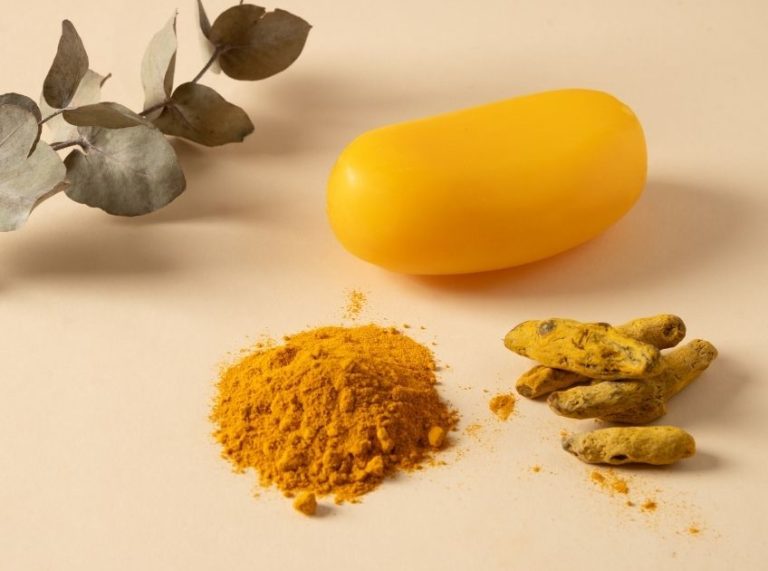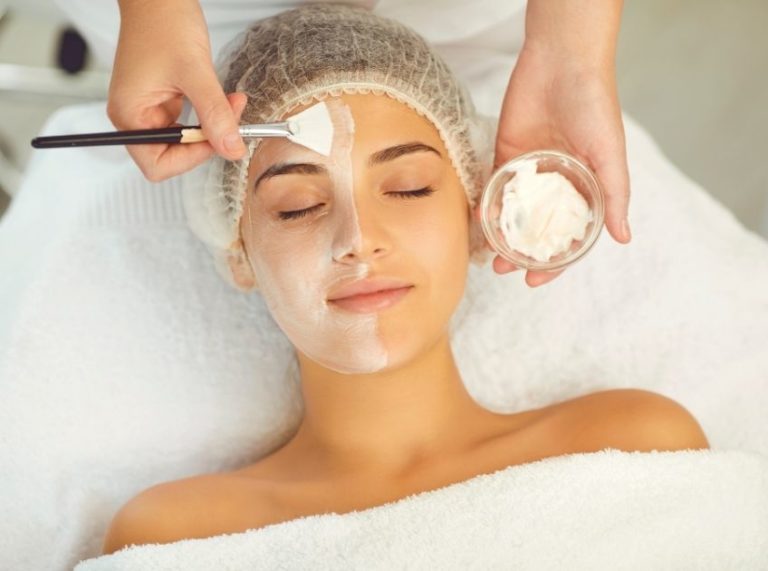
Important: This article is for informational purposes only. Please read our full disclaimer for more details.
Struggling with stubborn skin issues like moles, warts, or dark spots? Natural remedies often hold surprising healing potential. Castor oil and baking soda are two such kitchen staples with time-tested skin-soothing powers. When combined, they may offer a gentle yet effective solution to a variety of skin concerns.
Skin Issues That Need Natural Attention
From minor blemishes to persistent skin growths, many people seek safe home remedies instead of harsh treatments. If you’re looking for something affordable and chemical-free, the duo of castor oil and baking soda is worth exploring. This blend has been used in folk medicine for decades to dissolve skin irregularities and soothe irritation.
Benefits of Castor Oil and Baking Soda
- Helps dry out moles and warts naturally
- Softens hard skin and minimizes rough patches
- Soothes redness, itching, and inflammation
- Gently exfoliates dead skin cells
- May assist in fading scars or age spots over time
The Science Behind Their Healing Powers
Castor oil is rich in ricinoleic acid(1), a fatty acid with anti-inflammatory and antimicrobial effects (2). It also penetrates deeply into the skin, promoting tissue repair and softening.
Baking soda (sodium bicarbonate) (3) has mild exfoliating properties and a natural alkaline pH, which helps cleanse the skin and reduce bacteria.
Together, they form a thick paste that dries outgrowths like skin tags and moles while hydrating and protecting the surrounding skin.
How Do These Ingredients Work?
- Ricinoleic Acid (Castor Oil): Encourages skin regeneration and reduces inflammation (4)
- Sodium Bicarbonate (Baking Soda): Neutralizes pH, gently exfoliates, and helps shrink lesions.
- A 2011 study noted castor oil’s potential in wound healing and skin regeneration (5).
When to Stop Using the Paste
Discontinue use if:
- Skin becomes overly dry or cracked
- You notice swelling, severe redness, or itching
- The mole or tag changes shape, color, or size rapidly
- Always consult a dermatologist for irregular or suspicious skin growths.
Can You Adjust the Formula? Yes!
- For sensitive skin, increase the amount of castor oil to dilute baking soda’s abrasiveness.
- To treat larger areas, double the ingredients.
- Add a few drops of tea tree oil for added antibacterial support (optional).
Who Can Use This Remedy?
Best suited for:
- Normal to oily skin types
- People with non-sensitive skin concerns such as warts, skin tags, or small moles
- Not recommended for:
- Broken skin, open wounds, or highly sensitive skin
Is It Safe? Here’s What Experts Say
Both ingredients are generally safe when used topically in moderation. However:
- Do a patch test first to rule out allergic reactions
- Avoid applying to open cuts or mucous membranes
- Use sunscreen daily, as baking soda may increase sun sensitivity
3 Powerful DIY Remedies with Castor Oil and Baking Soda
DIY 1: Basic Skin Tag Removal Paste
This simple remedy helps dry out skin tags without causing pain or inflammation. It works best on small, soft tags that aren’t irritated or bleeding.
Ingredients
- 1 tablespoon baking soda
- 1 tablespoon cold-pressed castor oil
Directions
- Mix the baking soda and castor oil in a small ceramic or glass bowl.
- Stir well until it becomes a grainy paste.
- If the mixture is too dry, add a few more drops of castor oil.
- Store in an airtight container for up to 5 days in a cool, dry place.
How to Apply
- Clean the skin tag area using mild soap and warm water.
- Pat dry with a clean towel.
- Use a cotton swab to apply a small amount of the paste directly to the tag.
- Cover with a breathable bandage.
- Leave overnight and wash off in the morning.
- Repeat daily for 1–2 weeks, or until the tag dries and falls off naturally.
Pro Tip
Don’t pull or scratch the skin tag. Let it detach on its own to avoid scarring.
DIY 2: Dark Spot Fader Mask
Designed to help fade age spots, hyperpigmentation, and old acne marks gradually. Works best when used consistently over several weeks.
Ingredients
- 1 teaspoon baking soda
- 1½ teaspoons castor oil
- 1 drop fresh lemon juice (optional, for extra brightening)
Directions
- Combine baking soda and castor oil in a small bowl.
- Add lemon juice and mix until smooth.
- Use immediately. Do not store, as lemon juice can degrade.
How to Apply
- Wash your face and pat dry.
- Spot apply to dark patches or spots.
- Leave on for 10–12 minutes only.
- Rinse off with lukewarm water and follow with moisturizer.
- Use 2–3 times per week.
Pro Tip
Avoid sun exposure for 24 hours after use. Always follow up with SPF in the morning.
DIY 3: Wart Treatment Balm
This targeted balm may help dry and shrink small warts with regular application. Its sticky texture helps hold ingredients in place overnight.
Ingredients
- 1 tablespoon castor oil
- ½ tablespoon baking soda
- 1 drop tea tree oil (optional but effective against viruses)
Directions
- Stir the baking soda and castor oil together in a small bowl.
- Add tea tree oil and mix well until you get a tacky, thick balm.
- Store in a dark, cool place in a sealed container for up to a week.
How to Apply
- Clean the wart area with warm water.
- Dry thoroughly.
- Apply a thick dab directly onto the wart using a cotton swab.
- Cover with a gauze or breathable bandage.
- Leave overnight or at least 6 hours.
- Repeat every night for 7–14 days.
Pro Tip
Stop use if the wart becomes sore or inflamed. Consult a dermatologist if the wart doesn’t improve.
Frequently Asked Questions (FAQ’S)
1. Can I apply this to facial moles or tags?
A. It’s better to avoid facial use unless directed by a dermatologist, as baking soda may irritate delicate skin.
2. How long before I see results?
A. It may take 1–3 weeks of consistent use to notice visible shrinking or fading.
3. Are there side effects?
A. Dryness, redness, or irritation may occur if overused. Always patch test before full application.
Castor oil and baking soda may offer a natural alternative to treat minor skin issues like tags, moles, and spots. While not a miracle cure, their combined properties support exfoliation and healing with consistent, careful use. Always monitor your skin’s reaction and consult a professional when in doubt. Natural remedies work best when used wisely.
